
Towards the end of 1941 the Minister of Works established a series of committees to investigate and report on the problems likely to be faced in post-war building. ‘The Painting of Buildings Committee’ was convened in January 1946 by the Paint Research Association with the object of reviewing practice in paint manufacture and painting technique. Amongst other things it was charged with examining the essential needs of buildings during the first three years of peace and the technical properties of paint products.
A booklet was produced in 1944 and this was revised in August 1946.
Part 1 deals with the three main classes of paints – Oil Paints, Cellulose Paints and Water Paints – in a very clear and succinct manner. As a potted guide to what was available at the time it is excellent. This is a continuation of the two earlier posts which looked at the paints and will consider the problems faced when painting exterior woodwork.

Black – Total Destruction
Purple – Damaged Beyond Repair
Dark Red – seriously damaged, doubtful if repairable
Light Red – seriously damaged, but repairable at cost
Orange – General blast damage – not structural
Yellow – Blast damage, minor in nature
Light Blue & Light Green – Clearance areas
Large circles – V1 flying bomb
small circles – V2 flying bomb
This extract from the collection of maps that recorded the impact of the Blitz shows just how London suffered during the war years. Come 1945 there were many buildings requiring urgent repair. If fortunate enough not to have been affected directly by enemy action, with either partial destruction or blast damage, the superficial scars caused by wartime precautions such as blackout screens still needed attention. On top of this, six years of no maintenance will have taken their toll. Not only were materials in short supply, but many of the tradesmen who might have undertaken necessary repairs would have been away on active service.
Part II – The Preparation of Surfaces for Painting
The Painting of Buildings describes some of the problems that would be faced by home-owners and explains how to deal with them. Although written nearly seventy years ago the work has much to offer the modern reader.
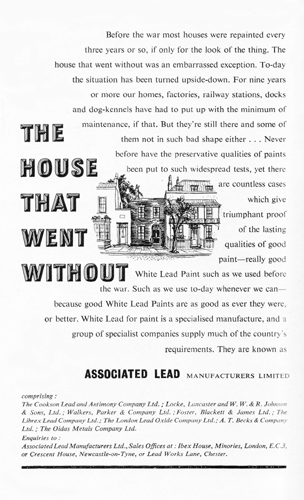
Preparation
The importance of adequate preparation was stressed, a good foundation being the keynote to success. The chief considerations are that the surface should be clean and dry and smooth enough to enhance the decorative value of the paint. It was appreciated that the amount of preparation necessary would vary widely according to the circumstances.
Woodwork
Accumulated dirt and grime must first be removed and the surface examined for defects. Dampness will be a prolific source of trouble to be guarded against. Painting should, of course, be avoided during wet and especially foggy weather, but the temporary wetness so caused is not so harmful as deep-seated dampness due to prolonged penetration of moisture from damaged roofs, guttering, etc., which in extreme cases will have started actual decay. Strained and open joints due to blast should be especially looked for. To avoid failure of the paint from blistering it is essential to trace and remove sources of dampness, to repair the damage, and to allow the wood to dry out thoroughly before painting. In fact, houses that have been seriously damaged and become damp should be treated as new houses; after repairs are finished they should be allowed to dry out thoroughly before decoration is commenced.
Mould Growths On Paint
Mould growths are often found on woodwork that has been in a damp condition for some time. These should be carefully cleaned off and the wood sterilized…The cause of the dampness should be traced and removed and the wood allowed to dry out thoroughly before painting is attempted. If on examination the presence of dry rot is noticed or suspected, this should be reported so that proper steps may be taken for its eradication before decoration is commenced.
Bitumen and Creosote
Surfaces which have been previously treated with preparations of creosote or bitumen should not be painted if it is possible to avoid it. In cases where it is absolutely necessary to do so, the surface must be treated before painting to lock up the creosote and prevent it from bleeding into the paint and causing discolouration or defective drying. The application of two coats of knotting or a coat of aluminium paint usually proves a satisfactory treatment, but both these materials may be in short supply immediately after the war.
Damage from temporary repairs must be looked for, such as numerous nail holes in window frames, and other defects which will require proper treatment to ensure a sound paint film. The use of glazier’s putty for this purpose is bad practice; hard stopping…should be employed.2
Previously Painted Surfaces
The treatment of previously painted surfaces depended on the condition. If the old paint was in an advanced state of decay, brittle and cracked or peeling from the surface in patches, complete removal was essential prior to satisfactory re-painting. The accepted methods of doing this were by burning off or the use of paint removers. As far as paint removers were concerned those preparations based on a solution of caustic soda in water should be avoided as, on woodwork, they tended to raise the grain and the soda was difficult to remove completely and liable to cause trouble on re-painting by attacking the fresh paint. Similarly of the modern paint removers, those made with non-inflammable solvents and free of wax were recommended.
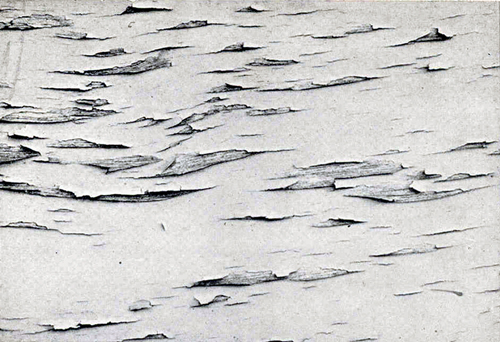
Where the old paint is found to have been disintegrated uniformly from the surface by ‘chalking’, and is free from cracking and peeling, complete removal will not be necessary. Rubbing down the decayed surface will provide an excellent foundation for re-painting. For this operation the surface should first be brushed down or washed over to remove dirt. Wet rubbing down is recommended as more efficient and hygienic and the use of waterproof sand-paper is preferable. [The reader is reminded that dry rubbing down of paint containing lead was prohibited by Home Office regulations.] The whole surface is then washed down thoroughly and allowed to dry before re-painting. Any local defects, such as cracks or bare patches, should be touched up with paint, made good with hard stopping, and rubbed down to the level of the surrounding surface.
To be continued…
Notes
1 London County Council Bomb Damage Maps 1939-1945. London Topographical Society and London Metropolitan Archives. 2005. LTS Publication No. 164.
2 Hard Stopping. For filling up holes and similar defects in woodwork mixtures of putty with white lead, red lead, and gold size are used. The proportions of the constituents used in practice varies, the essential feature of the composition being that it must be sufficiently stiff to grip the crevices into which it is forced, and harden throughout fairly rapidly, at the same time retaining a certain amount of elasticity, so that it becomes part of the general surface. The preparation known as ‘plastic wood’ is also regarded as suitable for this purpose.
View Larger Map

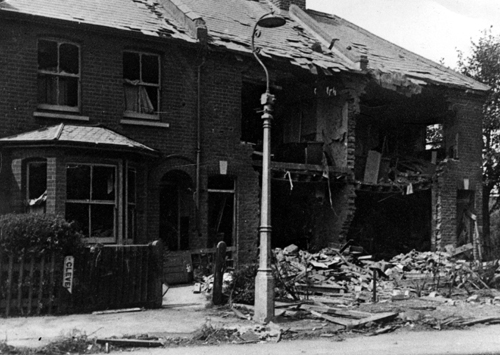
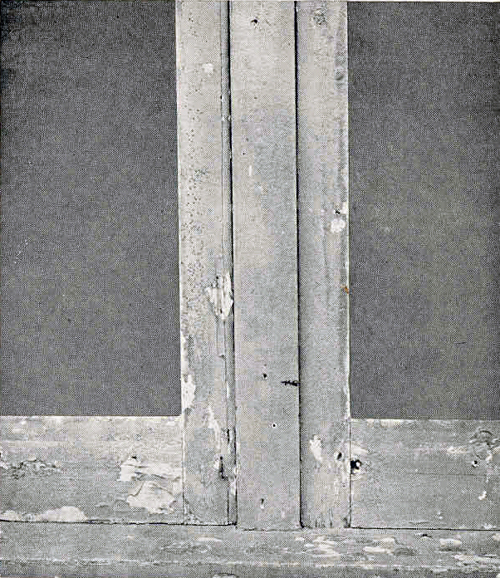
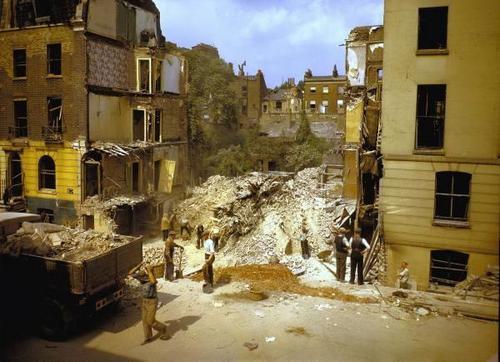










No comments yet. Be the first!